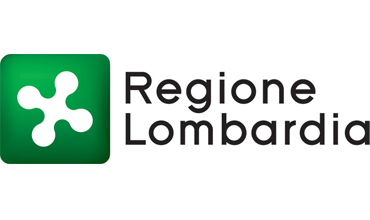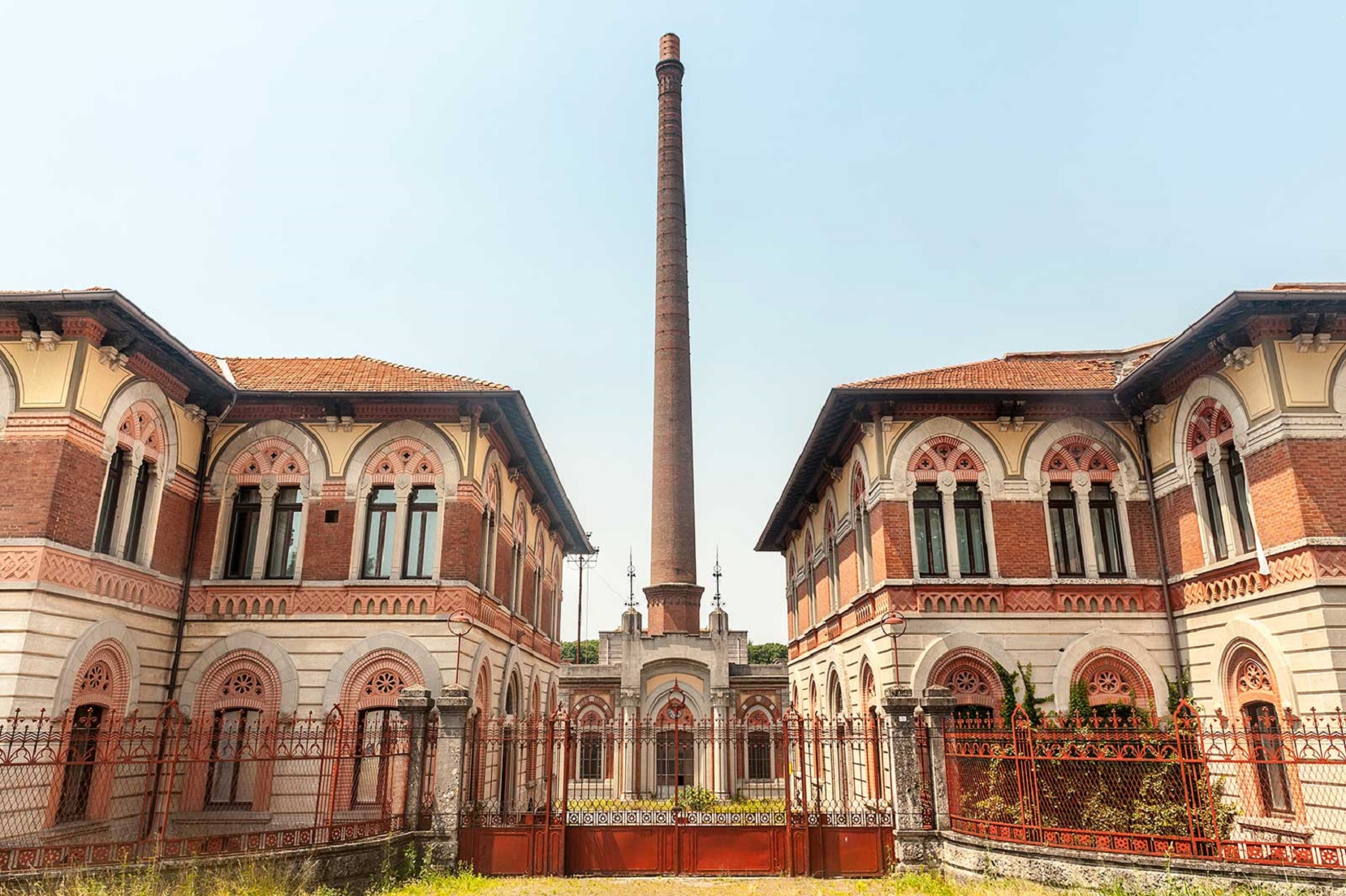In 1995 the workers' village of Crespi d'Adda in the province of Bergamo became part of the UNESCO world heritage as an "exceptional example of a traditional human settlement" and "an extraordinary example of a building typology [...] that illustrates one or more important phases in human history".
Founded in 1878 by Cristoforo Benigno Crespi, a textile entrepreneur from Busto Arsizio, and located on the left bank of the Adda river that provided energy to the machines of the factory, it was a real modern small town, a residential centre with stately houses and equipped with cutting-edge services.The idea of the Crespi family, in fact, was to give life to a real "ideal workers village", in which the entrepreneurial needs and the needs of the working class could be harmoniously combined. This is because, in the vision of some enlightened entrepreneurs of the late '800, the protection of their workers was not to be guaranteed only within the factory but had to cover the whole of their life, also understood as a system of relationships, starting from their family.
Therefore, all workers were provided with a house with a vegetable garden and a garden, but also all the services necessary for the construction of a real community, such as a hospital, church, school, theatre, public baths and electric lighting. All this, always considering technological innovation and social attention. Crespi d'Adda was the first village in Italy to be equipped with public lighting provided by the Edison system, that is with incandescent light bulbs; the public swimming pool, built at the beginning of the twentieth century, was equipped with hot water and in the school of Crespi, reserved for the children of employees, everything was supplied by the factory: books, pens, meals, salary and accommodation for teachers.
The dream of an "ideal workers village" had to deal with the twentieth century changes, which led to the decline of its protagonists.
The village of Crespi d'Adda has remained almost intact over the years and is considered a jewel of industrial archaeology. Today it hosts a community largely formed by descendants of the workers who lived and worked in the old cotton mill, which remained active until 2003, keeping intact a social fabric still linked to the origins of the industrial history of this territory.
While visiting the village (here you can find information on accessibility) it is easy to understand the extraordinary nature of its urban aspect, where every building has a precise location and meaning, as can be seen from the aerial views of the city: the factory, located on the bank of the Adda with its tall chimneys and sheds, right next to the castle, that was originally the residence of the Crespi family, that is presented as a symbol of the power of the family. As well as buildings and public services: in front of the factory are the school and the Parish church in Bramantesco style, an exact copy of the church of S. Maria in Busto Arsizio, where the Crespi family came from and the doctor's and the priest’s residences built in the upper part of the village as if to watch over the citizens.
The village is organized around a main road axis along which the factory and the village, populated by mono-family and multi-family cottages of English inspiration, are lined up in parallel streets. The main street ends in the cemetery, in the centre of which stands the stepped pyramid, a funeral monument of the Crespi family, which has around it the workers' graves, arranged in the lawn as in an English cemetery.
To get more information and listen to them during the visit, you can download a multimedia app called "Addentrarsi", with historical and tourist information. In the village the Associazione Crespi Cultura has its headquarter and its purpose is to organize guided tours in which the heirs of the local history accompany tourists during their visit. It is possible to book guided tours in Italian and English: tel. +39 02 90987191 email: info@villaggiocrespi.it
In addition, at the “Crespi Cultura" information office, a brochure is available and it contains the map of the village
The "Industriare" paid audio guide is also available, allowing you to relive the history of the village in the 1920.
"Project carried out under the General program of intervention of the Lombardy Region, funded by the Ministry of Economic Development - 2015 Allocation".

